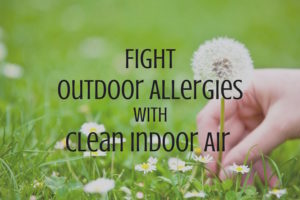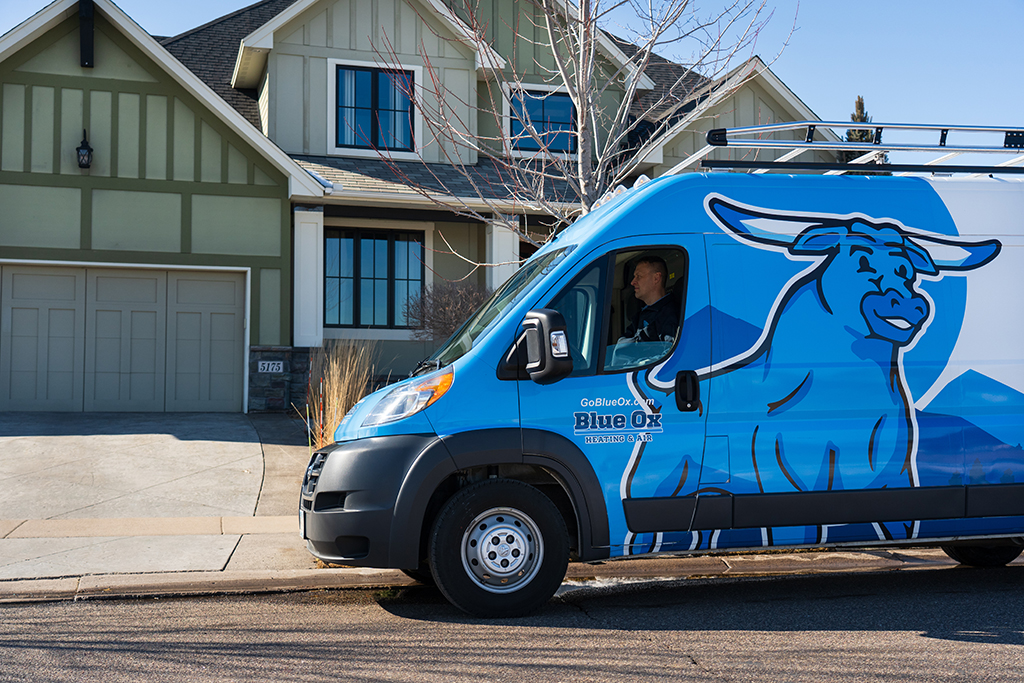
Outdoor allergy season is in bloom! Nasal allergies affect about 50 million people in the United States. With pollen and other allergens floating around outside, it’s vital to have clean indoor air. Not only do people with allergies seek refuge inside to escape from allergens, the average American spends 9 out of 10 hours indoors, so it’s important to keep it as clean as possible.
When is Allergy Season?
Seasonal allergies, also known as pollen allergies, seasonal allergic rhinitis, or hay fever, occur each spring, summer and fall. Allergies vary by the time of the year as different pollens enter the air as the seasons change.

SPRING
Pollen from trees begin to release between January and April, depending on climate and location, with April and May being the peak months. Trees can include elm, pine, birch, ash, hickory, poplar, cypress, and more.
SUMMER
![]()
Grass pollen reigns supreme in the summer, taking over in June and July. Pollen from northern grass in cold climates include timothy, rye, and blue, while southern grass pollens from warmer climates such as Bermuda grass. As grass allergy season tapers off, mold comes into play in mid-July.
FALL
![]()
Weed pollen takes control in the fall months from about August to October. Weeds include ragweed, nettle, mugwort, fat hen, sorrel, and more.
For a daily update of pollen levels in Minneapolis, check out this allergy forecast, or search for your respective city.
Cold or Allergies? Decoding the Difference.
Sneezing and coughing are symptoms of both the common cold and allergies. If you’re unsure whether you are suffering from seasonal allergies or cold, use this guide to differentiate the additional symptoms:
COLD OR FLU
- Runny nose with yellow discharge
- Aches and pains
- Sore or scratchy throat
- Fever
- Symptoms take a few days to appear and will clear up within a few days or a week.
SEASONAL ALLERGIES
- Runny nose with clear discharge
- Wheezing
- Watery, itchy eyes
- No fever
- Symptoms begin almost immediately after exposure to allergens and last as long as the allergen is present.
How to Improve Indoor Air Quality for Allergies:
DEHUMIDIFIER
High temperature and humidity levels can increase concentrations of some pollutants. A whole house dehumidifier can lessen the presence of allergens and prevent damage to your home. Using dehumidifiers to dry out the air creates an environment that is less supportive of mold, mildew, bacteria, and dust mites.
HOME AIR PURIFIER
Eliminate the invisible contaminants circulating throughout your home and purify your space with an air purifier. High-quality home air purifiers can remove up to 99% of the dangerous air pollutants invading your home.
HEPA AIR FILTER
HEPA air filters are high efficiency air filters that use a combination of 3 filters to remove dangerous contaminants and make the air you breathe safe. In fact, HEPA filters are used by medical institutions to capture airborne viral and bacterial organisms circulating through the air.
UV LIGHT AIR PURIFICATION
Ultraviolet light air purification, or UV light air purification, system functions as a “zapper” of pollutants and contamination. As contaminated air flows through the ductwork, the UV light destroys the structure of bacteria and other microorganisms. This air purification method is also used in many medical facilities and labs. UV lights can eradicate up to 999% of germs circulating throughout the air in your home.
Additionally, there’s steps you can take to protect your home’s air yourself. If you’re ready to take proactive steps to protect your home’s air, call Blue Ox Heating and Air today. Our qualified technicians can provide you with indoor air quality services and solutions, form choosing a product to installation. Our whole-home systems are much more effective at allergy prevention and health protection than individual units that clean the air in one room. Schedule your appointment online.



Comments are closed.